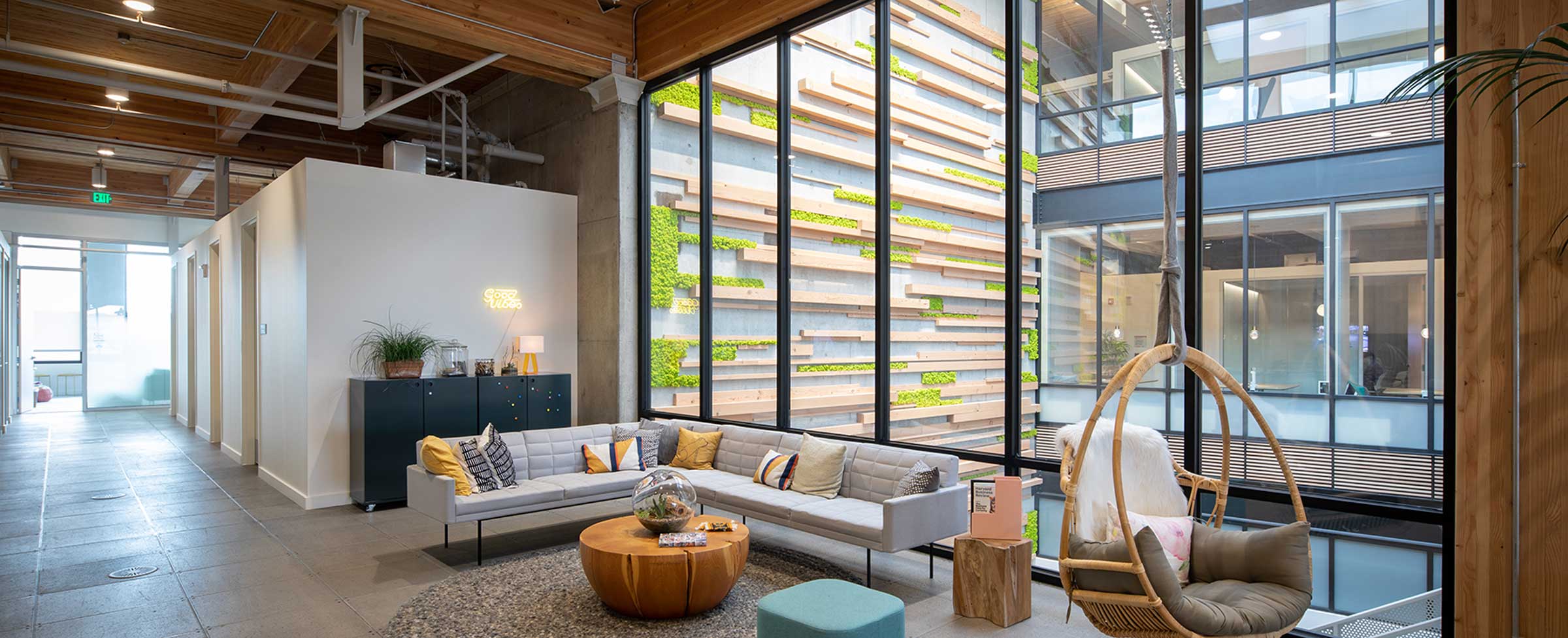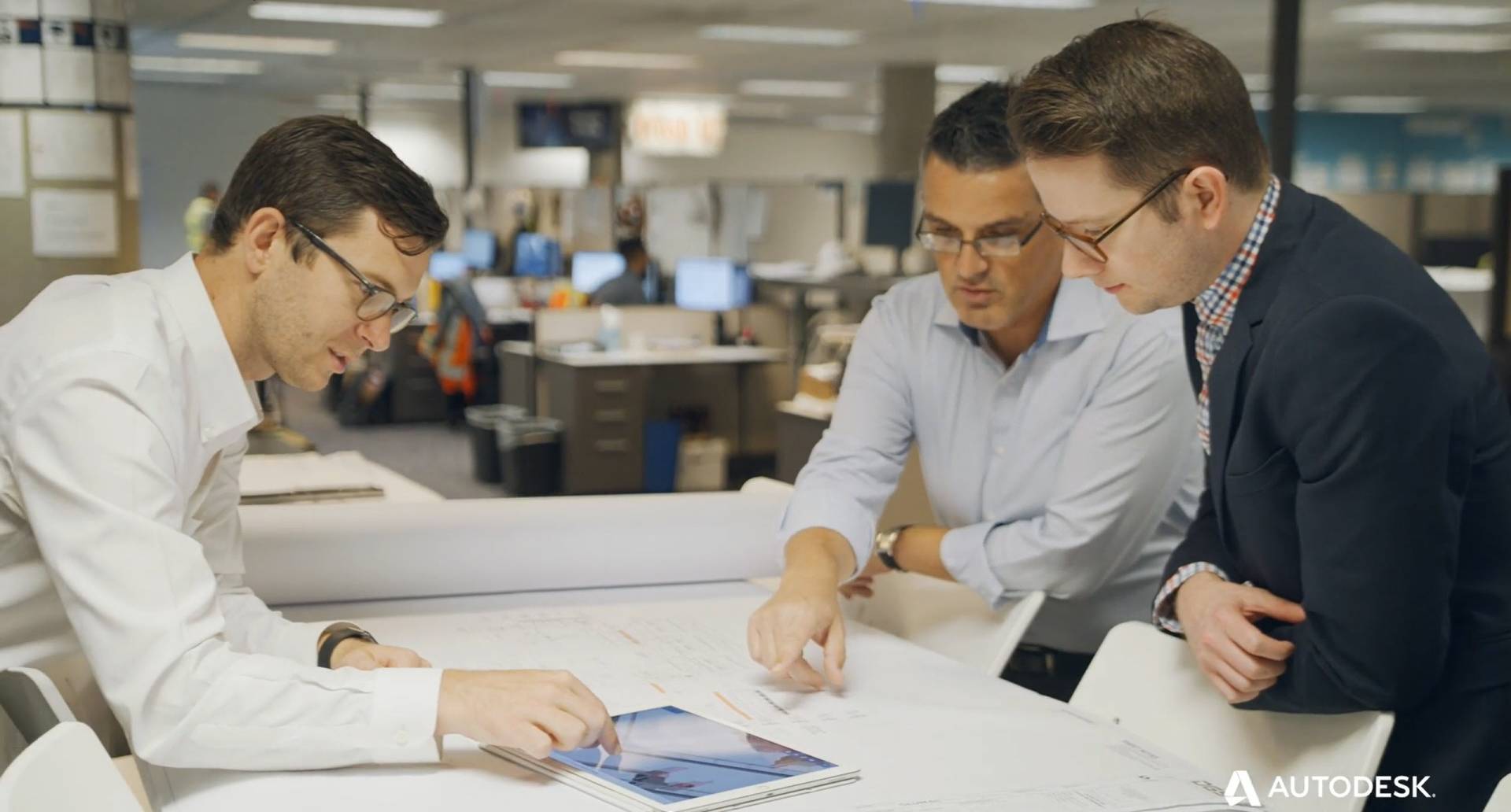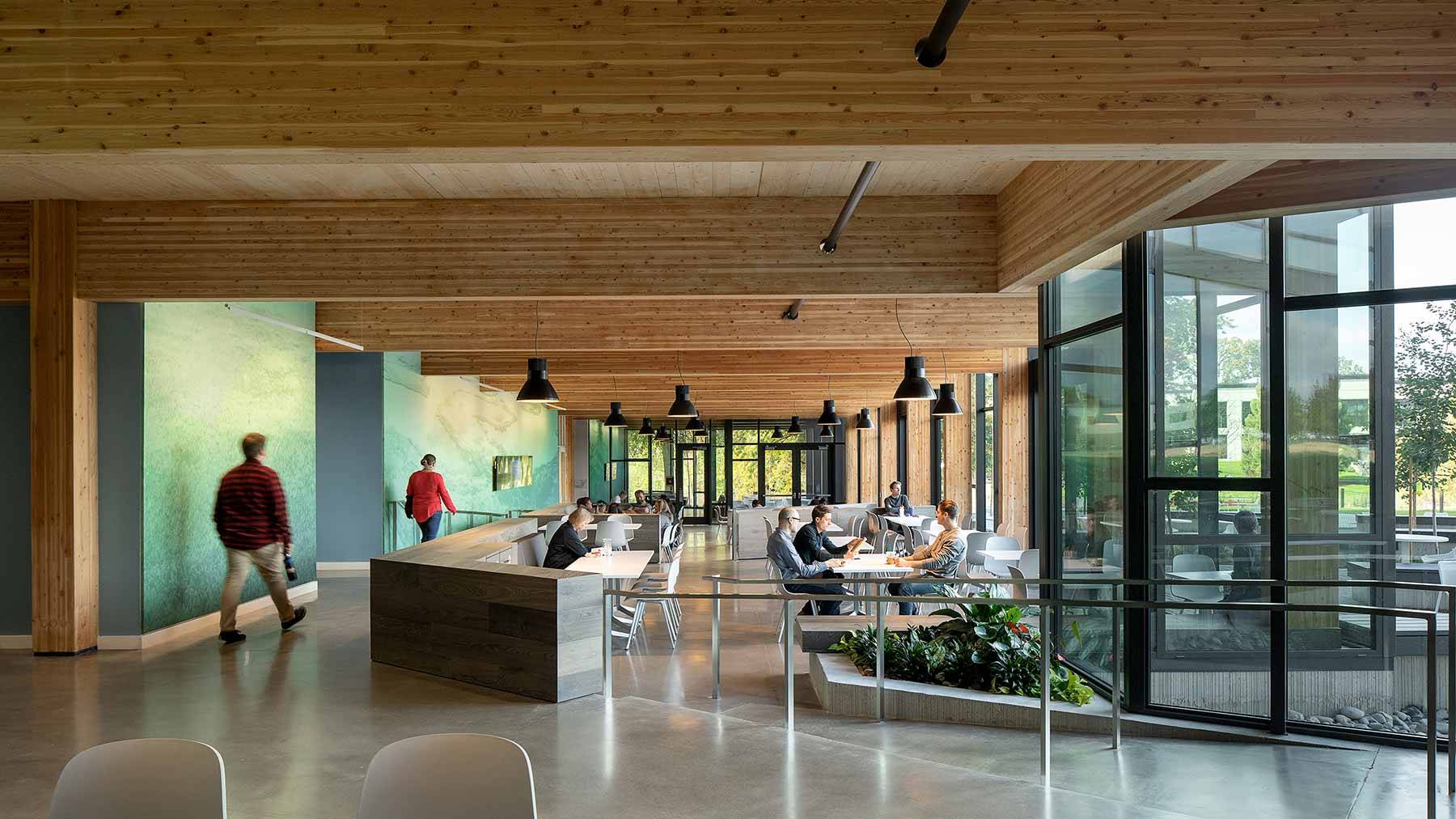While a lot of attention is paid to the role transportation plays in the massive carbon draw down necessary to mitigate the worst effects of climate change, designers in the built environment actually have a much larger piece of the carbon pie to slice: Building materials.
Expanded public transit and electric vehicles definitely play a role in getting to a net zero future. But globally, vehicle travel accounts for around 6% of yearly global emissions. And air travel accounts for around 2%. In contrast, the production of cement, a key material used in building construction, is responsible for around 5% of global carbon emissions. Likewise, steel is a little over 5% of global carbon emissions. So more than 10% of global emissions each year come from materials that are ubiquitous in the built environment. The good news is that this is fertile ground for making significant carbon reductions in our building projects.
We’re already discussing systems electrification as a key to a low carbon future. What’s challenging about these materials, though, is that they’re very hard to electrify. Part of that is pure chemistry. Even in a totally solar powered cement plant, the chemical process of creating cement would still release about half of its current carbon offput into the atmosphere. And manufacturing steel requires extremely high temperatures that are very hard to reach with totally electrified systems.
All these industrial processes inherent in building design and construction make efficiency and informed materials selection even more important in reducing our building’s overall carbon footprint.
How do we do it?
When considering materials, just like with energy, we start with efficiency: Using less, and making sure what we do use is being used to its highest value it. And using less material like concrete is something the A/E/C industry is very interested in. From cementless concrete to CLT design, there are a number of affordable options we are pursuing:
- Concrete mixes that reduce cement content – e.g. using fly ash, slag, glass, or even CO2 in place of cement.
- Another reduction option while using concrete involves delaying strength requirement timeline for your concrete so it doesn’t have to be as strong as fast. This can reduce the amount of cement needed, and can lower concrete’s contribution to embodied carbon by as much 30%. That’s a huge relative amount in a building.
- Sourcing steel that’s made from high recycled content. That is nowhere near as carbon intensive as producing steel from ore. Depending on your geographic location, this can be a cost-effective approach.
- Wood is also becoming a popular choice for structural material in large buildings. One method is using cross-laminated timber as decking to replace concrete. And those projects that rely heavily on wood can save as much as 40% of embodied carbon as opposed to a typical concrete structure.
- More structurally efficient systems: Studies show utilizing a slab and beam system over a flat slab system can save 15 – 20% of embodied carbon
These big changes can sometimes cost more money. And there aren’t as many suppliers or contractors who create or work with these materials. But that premium is dropping as industry demand grows. Presently, however, there are scheduling advantages with mass timber specifically that can help create savings. Many mass timber structures can be crane erected with weeks of time savings, and that creates significant cost saving overall for a project.
When we use carbon as a lens to reevaluate business as usual, it presents us with an opportunity to save time, save resources, save money, and hopefully create more beautiful buildings.



